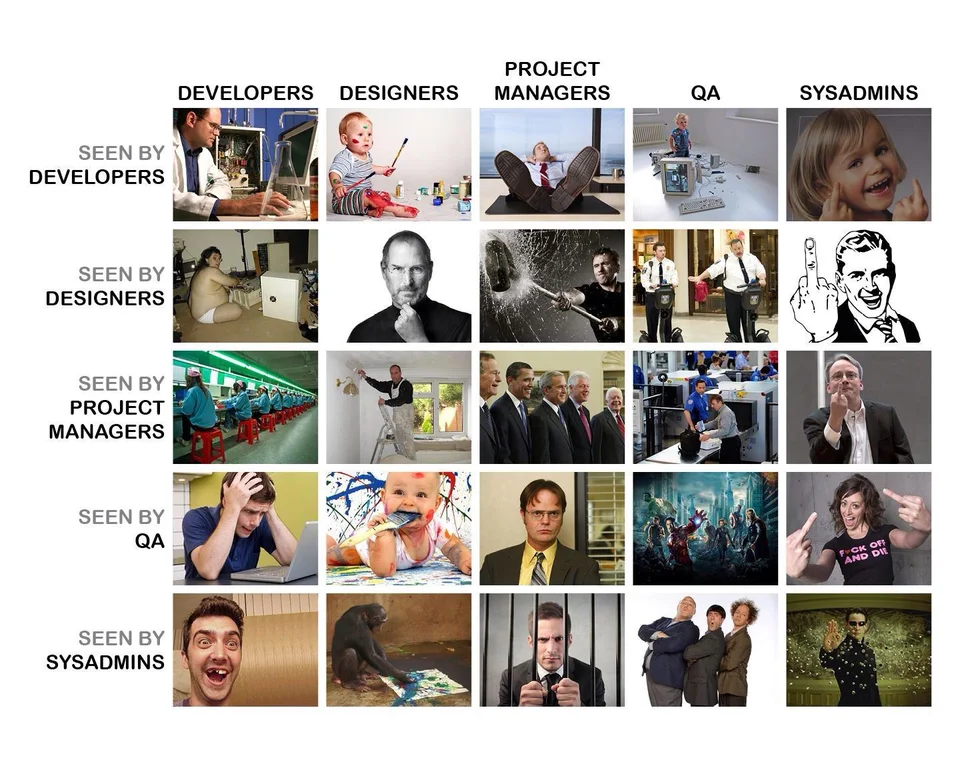
 Tanin Rojanapiansatith
e-mail
Tanin Rojanapiansatith
e-mail
Software Engineer at Capital One UK
 Tanin Rojanapiansatith
e-mail
Tanin Rojanapiansatith
e-mail
Software Engineer at Capital One UK


In my previous blog post, How I Review Books, I mentioned I was reading The Design of Everyday Things and creating a mind map for it as part of my laborious review process. The mind map took me a day and a bit to finish. It’s massive. So I have made it downloadable for anyone who’s interested in viewing it.
 Click to reveal and download the mind map
Click to reveal and download the mind map
The mind map is more like a summarise than a review. Most content is directly extracted from the book. I summed up key concepts here and there in my own words and added some relevant examples. What makes this mind map unique is probably the connections I made between concepts across chapters. They are basically lines between the mind map nodes. At least it helps me see how different chapters and concepts are connected. I think you may find it useful in other ways. Hence why I’m sharing this!
The Design of Everyday Things is one of the most recommended books for anyone interested in design. Despite my high expectations, I still really enjoyed it. The book isn’t just about how to design a proper teapot, and you don’t need to be a designer to understand and benefit from it. It covers other aspects such as human psychology (the book was originally named The Psychology of Everday Things), product development, startups and entrepreneurship, and, of course, how to design good products.
Humans are creative and imaginative, not precise. We always look for new and better ways to achieve goals. Design should take this into account and avoid giving dull, repetitive, arbitrarily complex tasks to humans. Those tasks are for machines. Assigning those tasks to humans will only induce errors that could lead to unimaginable catastrophic incidents.
Speaking of errors and incidents, the book gave this insight that most of the time, what seem like human errors can be boiled down to bad design. Yet, mentioned time and time again, one of the major causes of mistakes is the lack of focus. This comes in different forms: divided attention, distractions, multitasking, tiredness, stressed, and so on. As a consumer, one can prevent slips and mistakes by always focusing on tasks at hand. And as a designer, one should always assume end-users will be distracted and design to help people focus and reduce distractions.
Designers work differently from engineers and business people. Designers are trained to discover the real problem and understand what people really need. So give them a problem and they will drill down to find more problems in search of the real problem. But give engineers a problem, given it’s clear and well-defined, they will solve that problem right away. As a software engineer, this gives me more appreciation of how designers work. The profession is much more than just good-looking products (as I naively thought.) Designers have to design to satisfy not only the end-users, but also everyone involved in the process of the product lifecycle.

To help achieve the utopia of product design, the book suggested a multidisciplinary team where every part of a business work together and respect the requirements of one another. I’m not sure how common this is in the IT industry. The execution of this idea is probably tricky. I have some related experience, a formation of a group from multiple disciplines to achieve business goals. It was quite time-consuming and complex. Sometimes, participants weren’t sure how to contribute. But everyone agreed we’re on to something and, in time, it’ll start to make more sense and improve the productivity and efficiency of cross-disciplinary collaboration.
The author, Donald Norman, with years of experience in typical market-driven and engineering-driven processes at companies like Apple and HP, proposed an ironic “Law of Product Development”:
The day a product development process starts, it is behind schedule and above budget
So given the common pitfall of always behind schedule and above budget, I think the idea of a multidisciplinary team, despite its complexity and investment, is something worth trying.
The book mentioned the difficulty in introducing any new invention or product to the masses. One clear example was the multitouch display. It was first developed in a lab in the early 1980s. A myriad of commercial gestural control devices came out in the early 2000s. But it wasn’t until the arrival of the iPhone that the technology became widely adopted. Timing plays a crucial role here. Excerpt from the book:
A rule of thumb is twenty years from first demonstrations in research laboratories to commercial product, and then a decade or two from first commercial release to widespread adoption.
Here’s the catch, most innovations fail completely and never reach the public. Most large companies are risk-averse. They can’t risk their reputation and resources constantly failing at new products. But startups or small companies can. If they fail, the cost isn’t as high. To me, this is an exciting aspect of startups and entrepreneurship. We have seen lots of small companies betting all on a fringe idea and eventually beating the odds.
The of the last chapter of the book even celebrates entrepreneurship. There’s a subsection called The Rise of The Small where Norman describes how today’s technology, like never before, empowers creators and craftsmen to develop new innovations and contribute to the future of humanity.
Thanks for reading. Hope you find the mind map and my review useful. Any comments, feel free to reach out on Twitter, @landtanin.